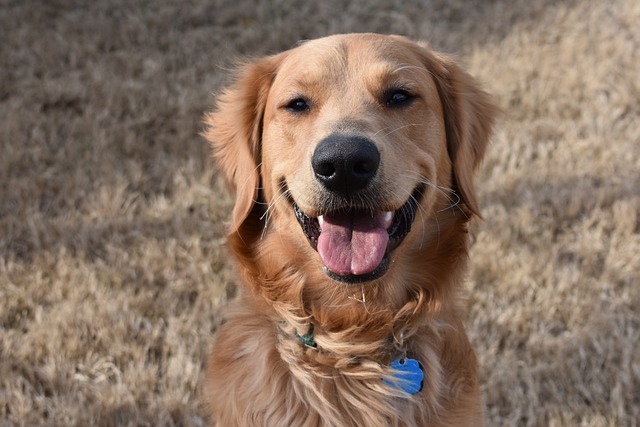
How do i train my dog to be obedient?
Watching your dog dart across the park ignoring your calls isn’t just frustrating—it can put them at risk near busy streets or public spaces.
Watching your new puppy dart across the room, tail wagging, completely ignoring the name you’ve been repeating? That’s what happened to my friend in Brooklyn with her 12-week-old corgi, Gus. She’d heard treats are key for training, but Gus was already chubby from too many snacks. “Can I teach him his name without another biscuit?” she asked. Turns out, yes—dogs crave your attention more than any treat, and here’s how to use that.
Dogs learn their names by linking the sound to good things, but “good things” don’t have to be food. Their brains light up when they get playtime, belly rubs, or even just your excited voice—those are rewards too. Gus’s vet explained it like this: when a puppy hears their name and turns, they’re thinking, “Is that my person? Are we gonna do something fun?” If the answer is always yes, they’ll race to respond. Punishing them for ignoring you (like scolding) makes the name feel scary, so they’ll tune it out more. Kindness works better.
Start small, in quiet moments. When Gus was napping, my friend knelt down, said “Gus!” in a high, happy tone, then clapped her hands gently. When he lifted his head, she grabbed his favorite rope toy and played tug for 30 seconds. Repeat that 5-6 times a day—during TV commercials, while folding laundry. The key is to make “Gus” mean “something fun is coming.” During walks (once his vaccines are done—rabies shots are mandatory in New York, so check those dates!), she’d call his name, and if he looked up, she’d stop and let him sniff a fire hydrant (his favorite hobby). He learned: “When she says ‘Gus,’ I get to do what I love.”

Consistency beats frequency. Use their name only when you want their attention—never to scold. If Gus chewed a shoe, my friend didn’t say “Gus, no!”; she just redirected him to a chew toy. Saying his name in a harsh tone would’ve made him associate it with trouble. Instead, she saved “Gus!” for happy moments: before throwing a ball, when offering a belly rub, or when she came home. Soon, he perked up at the sound, even from across the room.
Apartment living? Keep training low-key so you don’t disturb neighbors. Gus’s owner practiced in the hallway during quiet hours, calling his name and then offering a quick game of fetch with a soft toy (no loud squeakers). When taking the elevator, she’d say his name and reward with a scratch behind the ears if he sat calmly—good manners for shared spaces. And remember, even without treats, cleaning up after walks is a must—poop bags are non-negotiable in cities, and a well-behaved dog (who comes when called) keeps communities dog-friendly.
You don’t need a pantry full of treats to teach a dog their name. You just need to be the most exciting thing in the room when you say it. Gus now spins around at “Gus!” like he’s won a prize—proof that your time and joy mean more to them than any biscuit.

Watching your dog dart across the park ignoring your calls isn’t just frustrating—it can put them at risk near busy streets or public spaces.

New puppy owners often find themselves rushing to clean up accidents before they set in, and that’s where puppy pad training becomes a game-changer.

If you've noticed your dog's waistline disappearing and your veterinarian has mentioned those few extra pounds, your first instinct might be to simply reduce the amount of food in their bowl.

Training a dog to use a designated spot indoors isn’t as daunting as many new owners fear, but it does take consistency and an understanding of your pet’s needs.

That moment of dread on a walk is all too familiar for many new dog owners. You see another dog approaching down the sidewalk of your neighborhood

If the sight of another dog on your neighborhood walk makes your heart sink as your own dog erupts into a frenzy of barking and lunging, you're not alone.